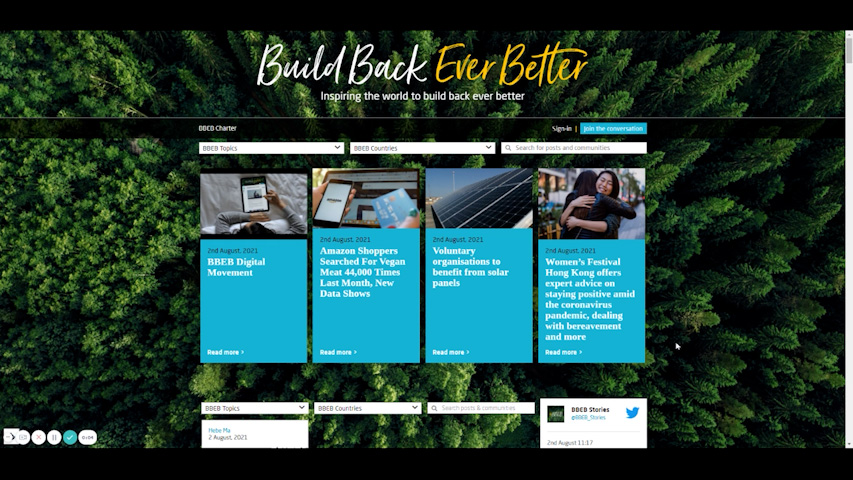Like all trees, cork oaks absorb CO2and through photosynthesis lock away carbon for many years in their roots and branches. Planting forests is a commonly used approach to offset carbon emissions by polluting industries, but when the trees are harvested, they are usually cut down and much of their stored carbon is released back into the atmosphere.
But cork oaks are one of the few commercial forests not felled for harvesting. This means the cork tree's carbon storage capacity keeps increasing during the 200 or more years the trees can live.
Most of the carbon remains locked in the tree as it continues to grow. Although cork products contain some of the absorbed carbon, they can have a long life after being cut from the tree. Cork can be recycled and is slow to break down even when discarded.
"They are a carbon sink," says António Rios de Amorim, the fourth-generation chief executive of the 150-year-old Amorim cork empire – the world's largest producer. "For every single tonne of cork produced we are talking about 73 tonnes of CO2 that are captured."
His figures come from a report by consultants PricewaterhouseCoopers, commissioned by Amorim, which also claims 392g (13.8oz) of carbon is sequestered by every cork stopper. A separate study on cork insulation boards found it was the only material with a negative carbon footprint.
A report by consultants PricewaterhouseCoopers claims 392g of carbon is sequestered by every cork stopper. A separate study on cork insulation boards found it was the only material with a negative carbon footprint.
https://www.bbc.com/future/article/20221013-why-the-humble-wine-cork-is-being-reinvented
 unknownx500
unknownx500
















